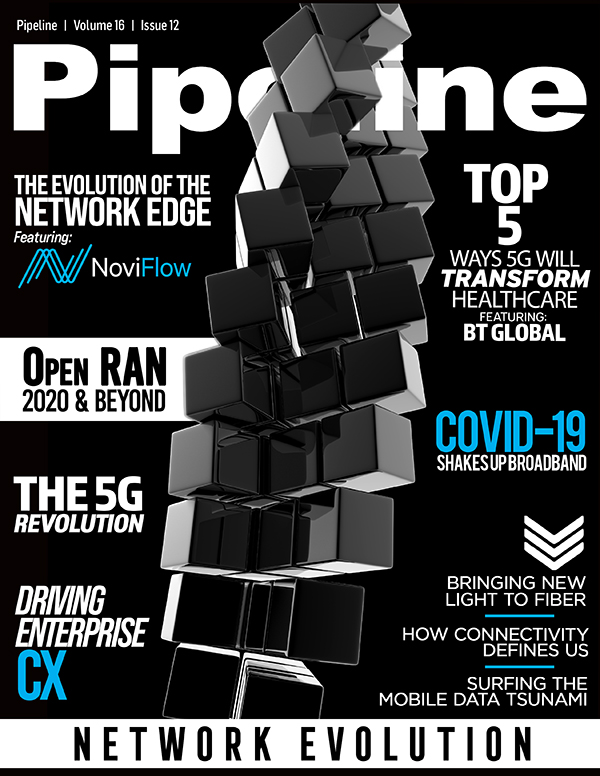Network Programmability Pushes the Edge to Evolve
As the network fabric is managed via P4 and P4-runtime software control fabrics, the end result is open and programmable, meaning the entire platform can be repurposed via software to support multiple applications, multiple traffic handling functions, and multiple networking rolls with the same physical box.
Service chaining is also brought onboard to can pass traffic onto another dedicated compute node or even another hop at the network edge to do processing with the next available compute resources. Applications can reside wherever they can be most efficiently and economically deployed, and service providers are able to provide different compute resources at different locations based on changing needs at each location.
The implementation of SRv6 allows the pooling of services between the domains of a network. A server that has excess capacity can offer that capacity to another server that is running at full load elsewhere in the network. As a result, there is no longer a need to over-provision each access point; the cost of providing redundancy is reduced, as well as the cost of introducing new services, which often have initially very low traffic volumes.
Finally, the all-in-one package significantly simplifies the architecture of the edge, lowering costs and making the solution particularly advantageous to deploy in use case scenarios that are limited in space, power or remote locations.
Comparing the costs
There are big differences in price over a more traditional multi-box approach. The base software and hardware add up to an order of magnitude less than traditional solutions with equivalent compute, networking and storage capacity.
The NoviFlow/Lanner/Fortinet MEC Platform shown above delivers this functionality in a chassis that is 12U high, or roughly one quarter the footprint of the traditional solution that will take a full 44U high rack to deploy.
Also, with this lower footprint come lower power consumption and air-conditioning costs. The end result is the same edge compute capacity, but at 33 percent of the total power costs. These are recurring savings on every power bill as long as the unit is in operation.
One final consideration: because all the elements of the unit are internally cabled, they can be managed entirely by software remotely, significantly reducing the complexity and cost of initial on-site installation, as well as severely reducing the need for truck rolls when new applications are deployed, when resources in the chassis need to be rebalanced, or when things go wrong.
Conclusion
According to NoviFlow President and CEO Dominique Jodoin: “What we see in the marketplace is that rapid evolution in network services and deployment models is driving the importance of a secure and programmable network edge for enterprises. But the economics to make this work commercially also require the ability to start small and in a modular fashion gracefully scale into the multi-Tbps.”
A unified platform provides significant performance advantages by integrating key network functions such as load balancing of VNFs, packet filtering, and flow redirection directly in the network fabric, eliminating the need for many physical appliances. By pre-integrating compute, storage and networking in a single chassis, the Lanner/NoviFlow/Fortinet MEC solution greatly reduces cabling cost and complexity.
In terms of installation, the all-in-one design is ready to deploy, with the SDN NOS, sophisticated analytics as well as key VNF enablers such as service chaining, and flexible networking that enable a wide variety of deployment scenarios, as well as eliminating the need for expensive truck rolls when reconfiguring or maintaining the device.
The built-in control software facilitates agile and transparent deployment of a wide variety of cybersecurity, vBNG and other VNFs from leading third-party vendors, supporting the most common use cases. Support for service chaining via SRv6 enables the pooling of resources and maximization of utilization of any service, anywhere in the network, at any time.
Finally, the flexible and programmable network fabric is software upgradable to support functions and protocols that don’t even exist yet, leveraging the powerful P4 language to extend the functionality of the fabric as customer needs and network usage evolves.
You can find out more about the NoviFlow/Lanner/Fortinet Network Edge solution at: https://noviflow.com/mecsolutions/



















